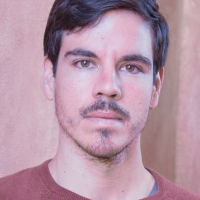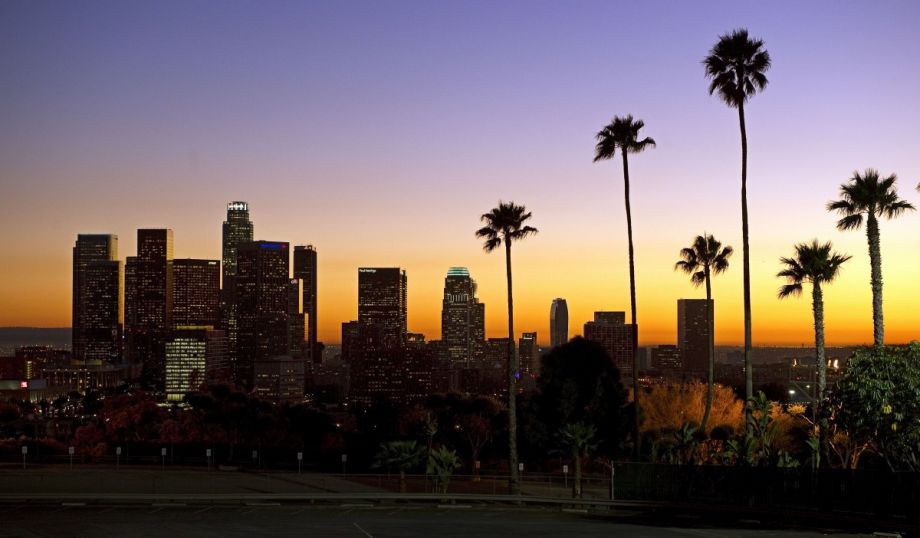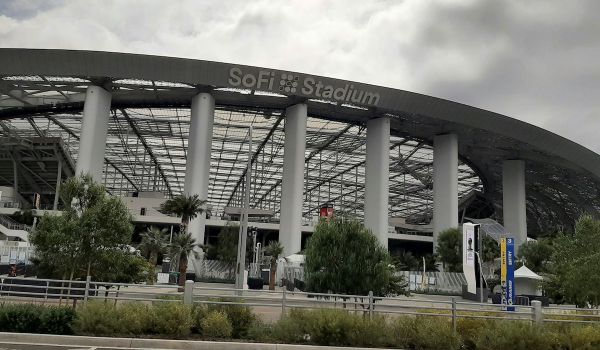When Los Angeles city council members voted in early August to petition the U.S. government for a $22.5 million loan to build businesses along the rim of an incoming Major League Soccer stadium, Heywood Sanders, a public administration professor at University of Texas San Antonio, had a couple of initial reactions.
The first one had to do with the conference center included in that plan. “Does L.A. need another conference center?” he says. “Do folks not have sufficient venues to have conferences in L.A. now?”
The other was concern at where that $22.5 million would come from. Through the Department of Housing and Urban Development’s Section 108 program, cities can qualify for low-interest loans to fill small funding gaps for development projects if these projects promise to give up to 51 percent of the jobs they create to low-income populations, and act as an economic boon for surrounding communities. The average loan amount is $4.9 million, and cities usually get between 10 and 20 years to pay them off.
But critics point out that giving HUD resources that were established for more direct anti-poverty measures to for-profit developers might not be the best extension of Section 108 and its umbrella fund, the Community Development Block Grant (CDBG) program. Sanders puts it this way: “If you had a spare $22.5 million [in anti-poverty resources] laying around, would you put it towards a stadium?” he asks. The $22.5 million will also create a culinary academy, sports museum, and retail and office space.
CDBG funds are awarded to cities for community revitalization projects like building affordable housing and tackling blight. Budget-wise, Section 108 pales in comparison to CDBG; in 2016 HUD approved $300 million worth of 108 loans compared to nearly $3.1 billion in grants. But cities like L.A. have a 108 loan ceiling that’s set by the federal government every year, and $22.5 million would eat up nearly one-third of the city’s $69 million cap and pin the stadium as one of the largest of L.A.’s 30 major 108 loans already in payment to HUD.
“It’s relatively unusual for a city like L.A. to do this kind of thing,” says Sanders. He points out that a 108 loan request is a Hail Mary in this situation, because if approved the $250 million soccer stadium project would “blow the city’s debt capacity at a time when they need capital investment.”
It wouldn’t be the first time HUD funds got used to back a sports complex. In 2001, the department gave Provo, Utah, $3.5 million in 108 loans to help it build a minor league baseball stadium. Seven years prior, it gave Puerto Rico $5 million to build a baseball sports complex.
That Puerto Rico project, however, never got finished. Development stalled when the Vieques Historical and Conservation Trust, a local group, slapped a lawsuit on HUD, the U.S. Department of Interior and three Puerto Rican government agencies, claiming that the development encroached on U.S. environmental laws like the Endangered Species Act because it damaged protected land.
Fast-forward to today, and the stadium sits empty, overgrown with vines and covered in soot. In total, the U.S. government ended up wasting $10.8 million of CDBG funds on it.
If a borrower defaults on a 108 loan, the federal government can take from the CDBG grant pool to help fill that cost — which in turn means less money for the community development programs the grant was designed for. As for L.A., the city is currently failing to repay nearly 30 percent of its outstanding Section 108 loans, or about $42 million total.
That’s why policy researchers like Sanders think 108 resources should be carefully allocated to projects whose main function is to benefit the underserved, and not private developments like the strip mall in L.A. that got $4.8 million in 108 loans from HUD in 2010.
Nancy M. Pindus, a fellow at the Urban Institute who co-authored a study of the Section 108 program for HUD in a 2011 report, says that the department is more prone to audit a project after it has already given out the funds than to investigate a community impact statement thoroughly during the courting process. It’s essentially an act of faith: When HUD gives out a loan, it’s also putting its trust in cities to deliver to their low-income constituents in the way they say they will.
“The studies I have read do not lead me to believe these are great investments for low-income people or communities,” she says. “But part of the premise here is that communities know best how to spend these dollars.”
In her study, a survey of 40 Section 108 loan recipients from between 2002 and 2007 said their projects jump-started 10,422 jobs. Ninety-eight percent of those were full-time by the time the study was published. Nearly 78 percent of jobs went to lower- to middle-income workers, and recipients also claimed that record-keeping hurdles likely made this assessment an “underestimate.”
(The report doesn’t detail which of those 40 loans went to private development projects, but it does report that the vast majority of loans in that five-year period went to projects that were commercial in nature.)
When it comes to massive projects like a stadium, however, the long-term economic impacts on nearby communities are usually neutral or slightly negative. Roger Noll, a professor of economics at Stanford who used to sit on the President’s Council of Economic Advisers, has long argued that seasonal sports do not generate enough tax revenue to validate stadiums because these complexes only host events for part of the year.
At the same time it’s giving out resources to commercial and industrial projects, HUD continues to slash funding for its affordable housing initiatives, and as of 2015 federal spending on housing assistance was $2.9 billion under what it was in 2004. That’s despite the fact that the number of families with access to rental assistance is at its lowest point in a decade, while demand is on the rise.
They may create jobs, but what matters most is whether or not the city government can get competitive returns out of these projects so that it won’t risk defaulting on 108 loans. If CDBG funds get eaten up and a project with potential economic impact turns upside down, it’s a double blow to the disadvantaged citizens these federal programs were crafted for.
“If it made sense for a conference and culinary academy and sports museum to be built,” says Sanders, “then we would see someone in all likelihood investing money in doing it.”
The Equity Factor is made possible with the support of the Surdna Foundation.

Johnny Magdaleno is a journalist, writer and photographer. His writing and photographs have been published by The Guardian, Al Jazeera, NPR, Newsweek, VICE News, the Huffington Post, the Christian Science Monitor and others. He was the 2016-2017 equitable cities fellow at Next City.






_920_518_600_350_80_s_c1.jpg)










